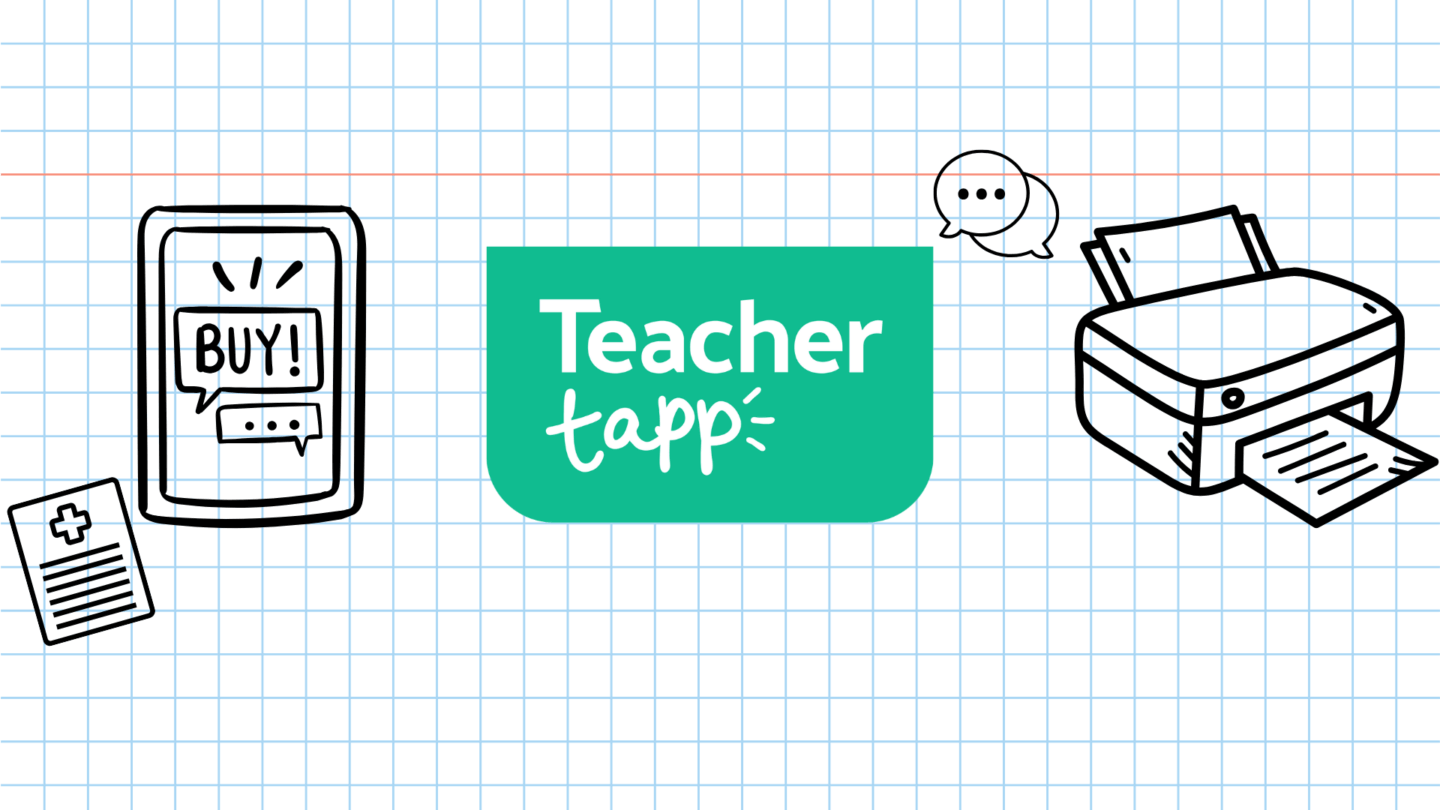How will children return back to school? There have been many stories in the papers over the weekend suggesting all kinds of possibilities. However, none seemed to mention the hundreds of thousands of ADULTS who would also have to return to school. That is, you!
1. Which teachers can go back to school?
Past questions already showed that around 17% of teachers are in a household that they feel needs to isolate – typically to protect a vulnerable household member. A further 28% of teachers have a child under the age of 13, so can only return to school if childcare/schooling arrangements are available. All of which means getting any individual school back to 100% capacity is likely to be difficult until a vaccine arrives.

On top of this, before the closure of schools for all but a few children, we were already seeing an increase in staff sickness which increasingly meant other teachers were doing unsustainable levels of cover, and some schools had around a third of pupils missing.
Whatever happens next it is likely to be a long series of partial forms of returns, and part-time schooling, as opposed to a bounce back.
2. How does lockdown affect travel?
Another issue with returning to school is that most teachers live several miles from their school. Below, the graph shows how you were commuting to work in January (red) and now (green).
Almost none of you are currently taking public transport, which is both risky and considerably disrupted by the pandemic.

In normal times, about 9% of teachers take public transport to school. Half of these teachers are not travelling to school at all at the moment. Most of the rest are either driving a car or walking. Looking at other countries that are easing the lockdown, public transport still has strict rules. In parts of the country where commuters rely on public transport, the difficulty of getting to school may be substantially more difficult. However it will likely only affect a small percentage of teachers overall.
3. How much work are pupils doing?
Last month, in the early days of the school closures, we asked how much you thought Year 8 should be learning versus how much they actually were learning.
Things have changed since then. Many schools have developed online systems, there are national online lessons, and most families have adjusted their childcare routines and home environments to enable learning.
In both March and April, however, you say that Year 8s should be studying for around 3-4 hours a day, yet only 1-in-3 teachers believe that Year 8 are hitting this goal. The majority of teachers think Year 8s are doing 2 hours of work or less.

Private schools teachers, however, are now less likely to report that their students are working only a few hours each day – and they were already starting at a lower base.

The above also shows that teachers in the most deprived areas (FSM 5) the trend is ever so slightly in the other direction. With more teachers thinking pupils are doing 2 hours or less, than back in March.
4. What about primary pupils?
Are primary pupils doing more learning now than they were in the first weeks after lockdown? It doesn’t appear so, no.
We asked primary teachers about the expectations they had for their classes. Most teachers felt that 1 or 2 hours was a good amount of time for pupils to spend on their work. However, in both March and April, over a third of primary teachers felt their pupils were doing less than an hour of work. Though the percentage who thought their pupils were doing more than 5 hours grew from 1% to 3%.

5. Why aren’t pupils working as expected?
Teachers can only guess about the reasons that students are not engaging in online learning. But many are liaising with pupils and their families via emails, WhatsApp groups and phone calls, so are getting a window into home issues – and we felt it important to ask about what they felt was going on.
At primary level, the biggest issue as perceived by teachers is that there is limited or no parental support for learning. Of course, this could be because the parents are also trying to do a full-time job from home themselves. Around half of primary teachers also noted the lack of access to suitable technology for children.
Secondary teachers were more likely to note a long-standing poor attitude to school and general lack of self-discipline and organisation as important. However, parents were still the second highest consideration (72%) and lack of access to technology came in at 45%.

Does family income matter? A little, but perhaps not as much as you might think. In the case of long-standing poor attitude to school and lack of independent study skills, there were not huge differences even between schools in the wealthiest and the most deprived areas. Indeed, teachers in state schools located in the richest areas were the most likely to say their students lacked independent study skills!
Access to technology and supportive parents did however change depending on the demographic intake of schols. While 31% of private school teachers said technology access was a problem for their pupils, this doubled to 60% in the poorest areas.

Although the government has said that laptops are on the way for a select group of pupils with social workers, the lack of technology for many children plus the difficult of motivating children, especially when parents are apathetic about school or busy with their own work, are substantial.





